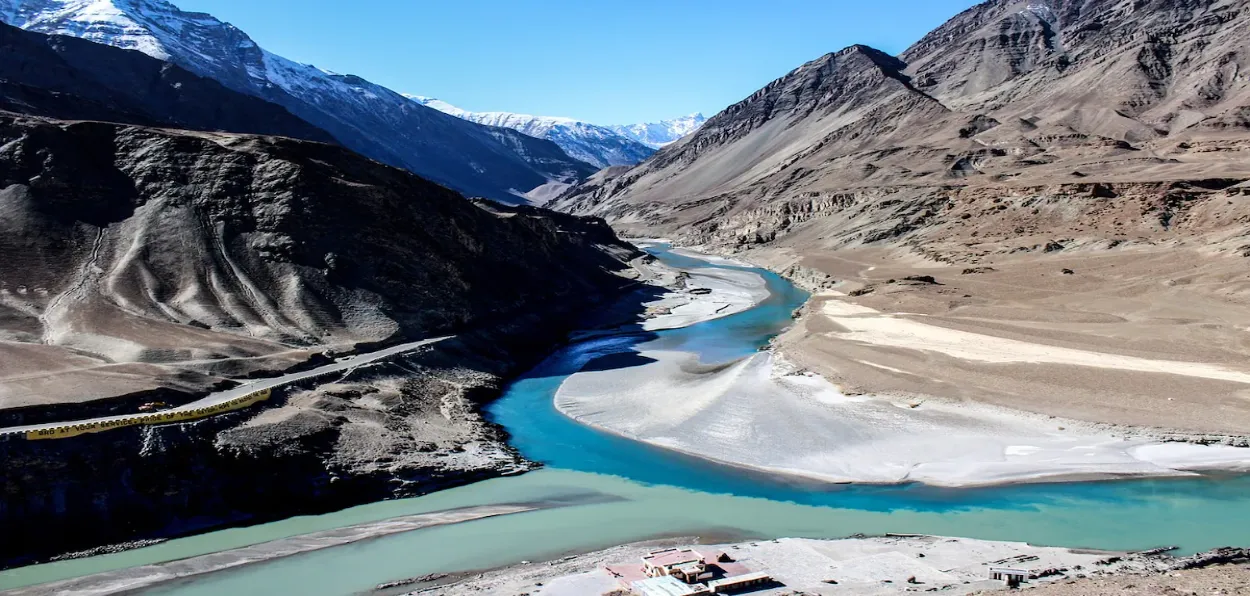
 Ram Kumar Kaushik
Ram Kumar Kaushik
In the wake of the recent terror attack in Pahalgam, India’s decision to place the Indus Waters Treaty (IWT) with Pakistan “in abeyance” marks a significant diplomatic inflection point. Far more than a water-sharing pact, the IWT is now at the center of a strategic shift: upstream patience giving way to downstream consequences.
Signed in 1960 with the World Bank’s backing, the IWT has long been hailed as one of the world’s most successful examples of water diplomacy, resilient even through wars and crises. But its durability may have become its flaw. For decades, the treaty allowed Pakistan to benefit from the generous flow of rivers originating in India, even while sponsoring cross-border terrorism against its neighbour.
India’s decision to pause the treaty is not a hasty reaction. It reflects years of frustration with Pakistan’s use of terror as statecraft. More importantly, it signals that peace cannot be a one-sided virtue. The doctrine emerging from New Delhi is clear: if Pakistan insists on exporting terror, it cannot continue to let water flow as unconditional Indian goodwill.
Pakistan’s actions are not merely hostile — these are incompatible with the basic tenets of peaceful cooperation that underpin the IWT. This fundamental shift in circumstance, exacerbated by Pakistan’s continuous low-intensity conflict, gives India legal grounds to suspend or terminate the treaty under Articles 60 and 62 of the Vienna Convention on the Law of Treaties.
Friends of Pakistan may worry about humanitarian consequences downstream, but geopolitical critics insist that any action will not provoke a water crisis in Pakistan. Even if the treaty is eventually withdrawn, Pakistan would still receive the bulk of the Indus waters. What would end is India’s legal obligation to sustain a pact that no longer reflects geopolitical or ethical reality.
This isn’t an impulsive move. India has been laying the groundwork since at least 2016. Projects like the Kishanganga Hydroelectric Project, which diverts water via a 23-km tunnel from a tributary of the Jhelum, or the revival of the Shahpurkandi Dam and Tulbul Navigation Project, reflect a long-term strategy to gain greater control over its share of the Indus basin. The Rattle project on the Chenab was revived in 2021, and the Ujh Multipurpose Project, aimed at irrigation and storage on a Ravi tributary, further illustrates this shift.
Pakistan’s vulnerability is striking. Over 85% of its total water comes from the Indus system. About 23% of its economy and 34% of its workforce are dependent on it. A significant cut in flow wouldn’t just be a hydrological issue — it could become an existential one.
ALSO READ: Why Shahpur Kandi dam is not India’s water terrorism against Pakistan
International law recognizes water diversion as a potential casus belli — a provocation for war. But India’s messaging is calculated, not cavalier. Like the U.S. withdrawal from the Anti-Ballistic Missile Treaty post-9/11, or its exit from the INF Treaty over unaddressed Russian violations, India is asserting a right to reassess a bilateral pact in the face of evolving threats.
